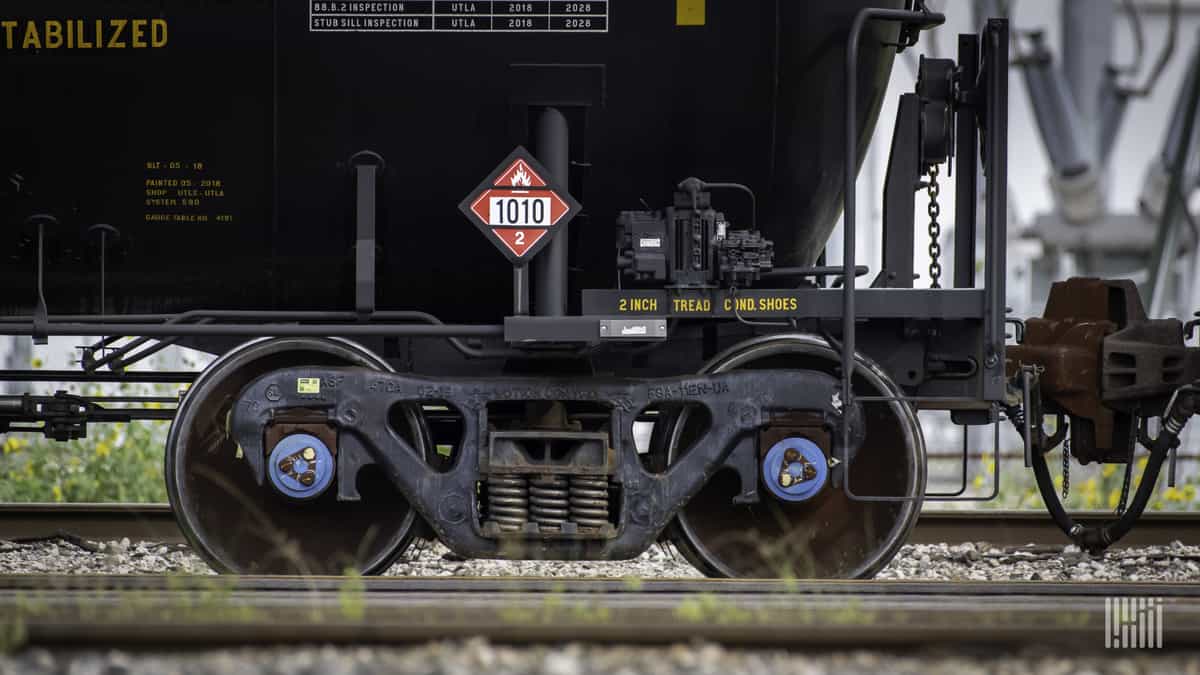The Federal Railroad Administration (FRA) issued a final rule Friday related to brake safety standards.
The agency hopes the revised standards will enable more consistency between U.S. and Canadian standards. FRA also says the new standards incorporate safer and newer technologies while also reducing costs.
“Incorporating technologies and safety practices, this final rule improves freight rail efficiency and will make our freight rail system competitive for the future,” said FRA Administrator Ron Batory. “Issuing waivers permitting railroads to test these practices gave us an opportunity to verify the safety benefits. Modernization no longer has to happen by waiver; it’s permanent and the economic impact to freight rail couldn’t come at a more pressing time.”
The standards extend the amount of time that freight rail equipment can be left off air, or parked with its air brake system depressurized, before requiring a new inspection, FRA said. The rule also incorporates long-standing waivers for brake inspections, tests and equipment, while clarifying existing regulations and removing outdated provisions, the agency said.
The rule, effective immediately, is available here. Information can also be found on FRA’s website.
FRA says the rule aligns with Canada’s regulations, which has been allowing trains to be off air for 24 hours since 2008. Safety data collected by Canada’s regulators supports this data, according to FRA.
Over $500 million in cost savings could result over the decade, while Class I brake inspections could fall by 110,000 annually, FRA estimates. The revised standards reduce the cost and time needed for inspections while permitting more flexibility to turn off locomotives, which is expected to result in fewer locomotives idling in rail yards, FRA said.
The process of adding freight cars to trains will still require a Class III brake inspection.
The final rule also permits two types of automated tests for brakes on individual freight cars, and it is changing the required height for end-of-train marking device displays.
The Association of American Railroads (AAR) praised the final rule, saying that the updates take advantage of rail brake safety advancements made in recent decades.
“With this final rule, the FRA has modernized outdated, legacy regulations to keep pace with the industry’s ongoing tech transformation while maintaining uncompromising levels of safety,” said AAR President and CEO Ian Jefferies.
The trade group also said the final rule could provide environmental and efficiency benefits because the rule reduces locomotive idling, which in turn would reduce emissions, according to AAR.
Subscribe to FreightWaves’ e-newsletters and get the latest insights on freight right in your inbox.
Click here for more FreightWaves articles by Joanna Marsh.
Related articles:










